Editing Interfiction 2: An Interview with Delia Sherman
/Last week, I shared with you the introduction I wrote for Interfiction 2, a collection of interstitial literature. The piece offered some reflections on the value and limits of genre categories in shaping our relationship with popular fictions. Today, I am offering an interview with the editor of that collection -- Delia Sherman, who is best known as a fantasy author, but who has been consistently pushing to create a space for diversity, experimentation, and innovation within popular literature. I have considered Delia and her oft-time partner in crime Ellen Kushner good friends for a long time so it is a great pleasure to be able to share her thoughts and her current project with my readers. Next time, I will share some thoughts from some of the contributors to the collection, rounding out my multi-part focus on the concept of "interstitial art."
How would you define "interstitial art"?
DELIA: For me, interstitial art is anything that frustrates genre expectations, turns my ideas of genre on their heads, and teaches me how it works as I interact with it. It's art that is hard to categorize easily, hard to describe, impossible to generate an accurate elevator pitch for.
Does the interstitial primarily refer to works which cross genres or might they also cross media or cultural hiearchies (high, popular) or audiences?
DELIA: Because the IAF started with a bunch of writers talking about cross-genre fiction, that's where our discussion of interstitiality necessarily started. Now, as more artists from different communities and disciplines join the conversation, it's perfectly obvious that you can't talk about crossing artistic boundaries without talking about crossing media, cultural hierarchies, and even media platforms. Jewelry that responds to and comments on fiction [currently available in the Interfictions Auction: http://iafauctions.com/]; websites that bridge information, entertainment, art, and networking; performances that blend music and art and words and movement in unexpected ways (or even unexpected venues)--these are interstitial, too.
What are your goals for the Interfictions collection?
DELIA: We began Interfictions simply as a concrete answer to the question, "What do you mean by interstitial fiction?"--and as an outlet for authors who had been writing fiction that was too popular for literary markets, too literary for popular markets, or simply too odd to find a comfortable home in any genre. What we hoped (and continue to hope) is that the stories we publish will provide a sense of the directions in which short fiction is developing, giving readers and academics and writers new texts to discuss, analyze, and be inspired by.
What do you see as the limitations of the current market for popular fiction?
DELIA: Historically, hard times tend to foster conservatism in the arts. And the uncertainty of how the internet is going to impact the publishing and music industries is making it even worse. If a big company doesn't know how to market something, they won't buy it. Which leads to endless iterations of teen vampire romances, mystical conspiracy thrillers, heroic fantasies, and chick lit novels with pink covers. It also leads to worthy fiction that is none of these things being packaged as if it were, which leads to puzzled and often hostile reviews, and to readers who don't know where to look for the kind of fiction they like--especially if they like fiction that doesn't hew to the most popular forms and conventions. In this market, Shakespeare probably wouldn't be able to get a play produced, nor Franz Kafka sell a story to a major magazine.
What roles does the Interstitial Arts Foundation play in promoting the concept of interfiction?
DELIA: We make it available, of course. And we call attention to the fact that these stories are different, a fact that other markets might prefer to elide in the hopes that nobody notices. And I hope that we open a conversation among our readers, in which they argue with our choices and definitions, and go on to make their own, and even create stories that are completely different again, which maybe they'll send to whoever is editing Interfictions at that time, taking the conversation to the next step.
How were you able to locate authors who wanted to produce interstitial works?
DELIA: We put the word out on every writing list-serve we knew about. We wrote authors whose works we thought tended to the interstitial, and asked them to spread the word. We mentioned it to writers we met at conferences, random parties, cafes, and the subway. We blogged on social networking sites, like Live Journal and FaceBook, and asked our readers to spread the word. We got a lot of highly literary fantasy, SF, horror, and one Western. But we also got more genuinely strange and self-defining work than I would have believed-- that is, if I hadn't already edited the first Interfictions anthology in 2007 and seen then that there was a lot of it out there. And of course, people knowing about the first anthology helped the second one.
You faced a challenge in designing a cover for a book of fiction which defies most categories. How did you develop the cover art and what does it communicate about the book's project?
DELIA: We didn't develop the cover art. We discovered it. One of our board members suggested that we start a Flickr pool where any artist could post work to be considered for the cover. We got lots of beautiful, if not especially interstitial, photographs, a certain number of definitely interstitial pieces that were too busy, too dark, too three-dimensional, or too distracting to make good cover art, and a solid handful of pieces that fit our purposes perfectly. The piece we ended up choosing (after many emails and discussions with the Cover Committee) is by Alex Myers. It's part of a series painted in gouache on torn-apart cereal boxes, destined to degrade with the cardboard, which struck us as being kind of interstitial in and of itself. The image references popular culture, advertising, science, and politics, and (coincidentally) seems to echo themes and images of several of the stories we'd already bought. And it has a natural space for a title, even though it wasn't painted as a cover. All of which makes it an ideal introduction to the kind of fiction it is introducing to the world: unexpected, puzzling, beautifully executed, appealing (to the kind of audience it appeals to, of course), and finally, evanescent. Because the interstitial story of today is very likely to be the genre-establishing seminal work of next year, as Terri Windling's punk elf Bordertown anthologies back in the 80's planted the seeds of the current Urban Fantasy craze.
Delia Sherman was born in Tokyo, Japan, and brought up in New York City. She has spent a lot of time in schools of one kind or another: Vassar College for undergrad, then Brown University where she earned a Ph.D. in Renaissance Studies. While she was writing her dissertation, she started teaching, first at Boston University, where she taught Freshman Composition and Fantasy as Literature, and then at Northeastern University, where she was a Lecturer in Composition. She also worked in a bookstore for a while, and her short fiction appeared in WeirdBook and The Magazine of Fantasy and Science Fiction.
While she was still teaching, she wrote her first novel, Through a Brazen Mirror, which led to a 1990 nomination for the Campbell Award for Best New SF Writer. Her second novel, the historical The Porcelain Dove, was listed in The New York Times Notable Books, and won the Mythopoeic Award in 1994.
Delia also publishes short fiction for adults, most recently in Realms of Fantasy and Poe. Her short stories for younger readers have appeared in numerous anthologies. "CATNYP," a story of a magical New York Between, inspired her first novel for children, Changeling. The sequel, The Magic Mirror of the Mermaid Queen followed in 2009. The Freedom Maze, a time-travel fantasy set in Louisiana, will be published by Big Mouth Press in 2010.
As an editor of books and anthologies, Delia's continuing quest is to get more of the kind of fantasy she likes out to readers. She has worked as a contributing editor for Tor Books and has co-edited the fantasy anthology The Horns of Elfland with Ellen Kushner and Donald G. Keller, as well as The Essential Bordertown with Terri Windling. She had co-edited two anthologies of Interstitial fiction: Interficitons 1, with Theodora Goss, and Interfictions 2, with Christopher Barzak.
Delia lives with fellow author and fantasist Ellen Kushner in a rambling apartment on the Upper West Side of New York City.


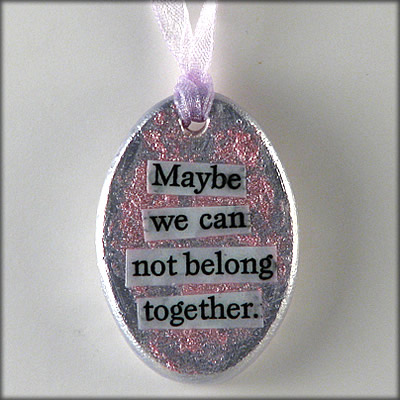

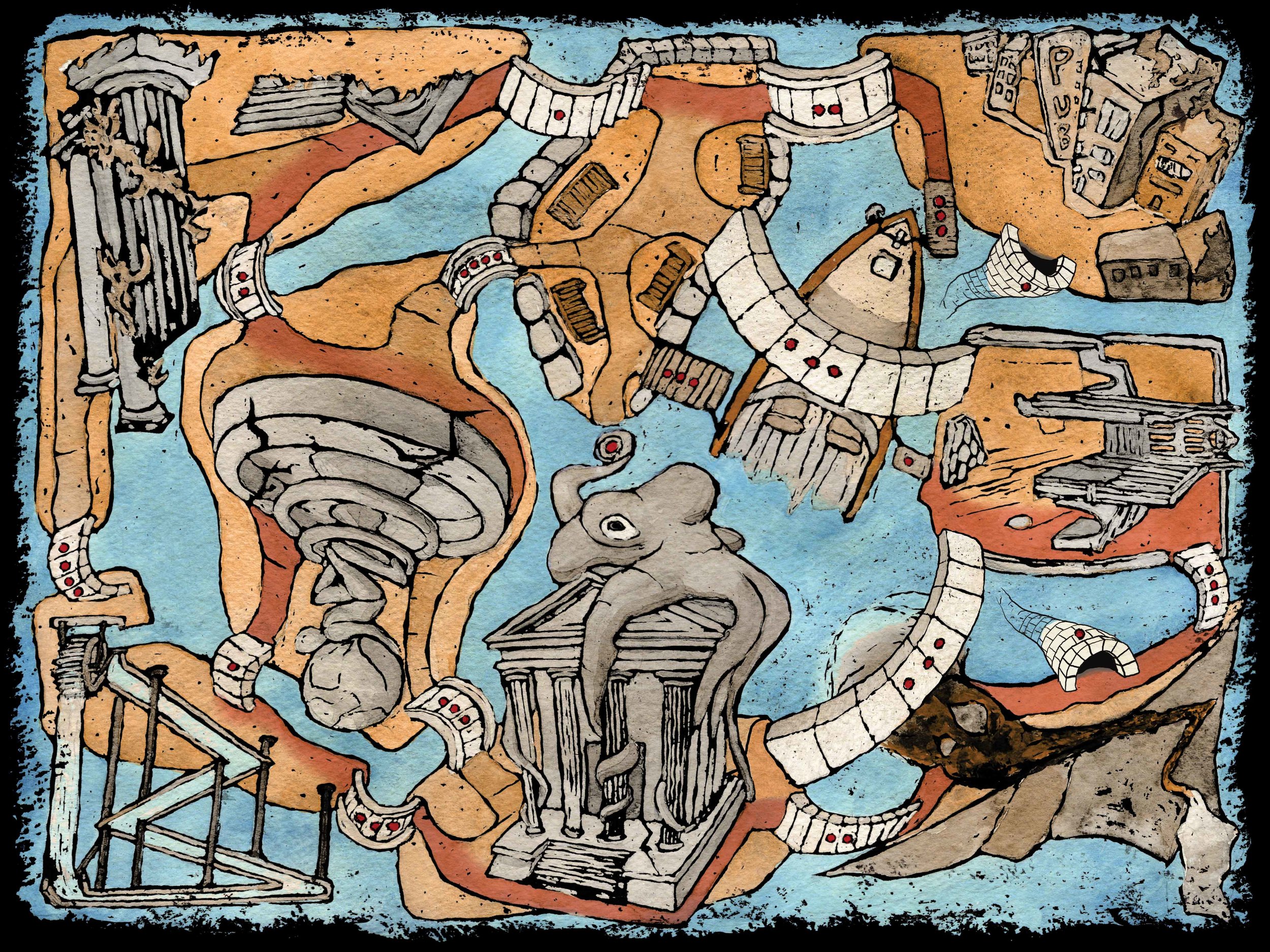
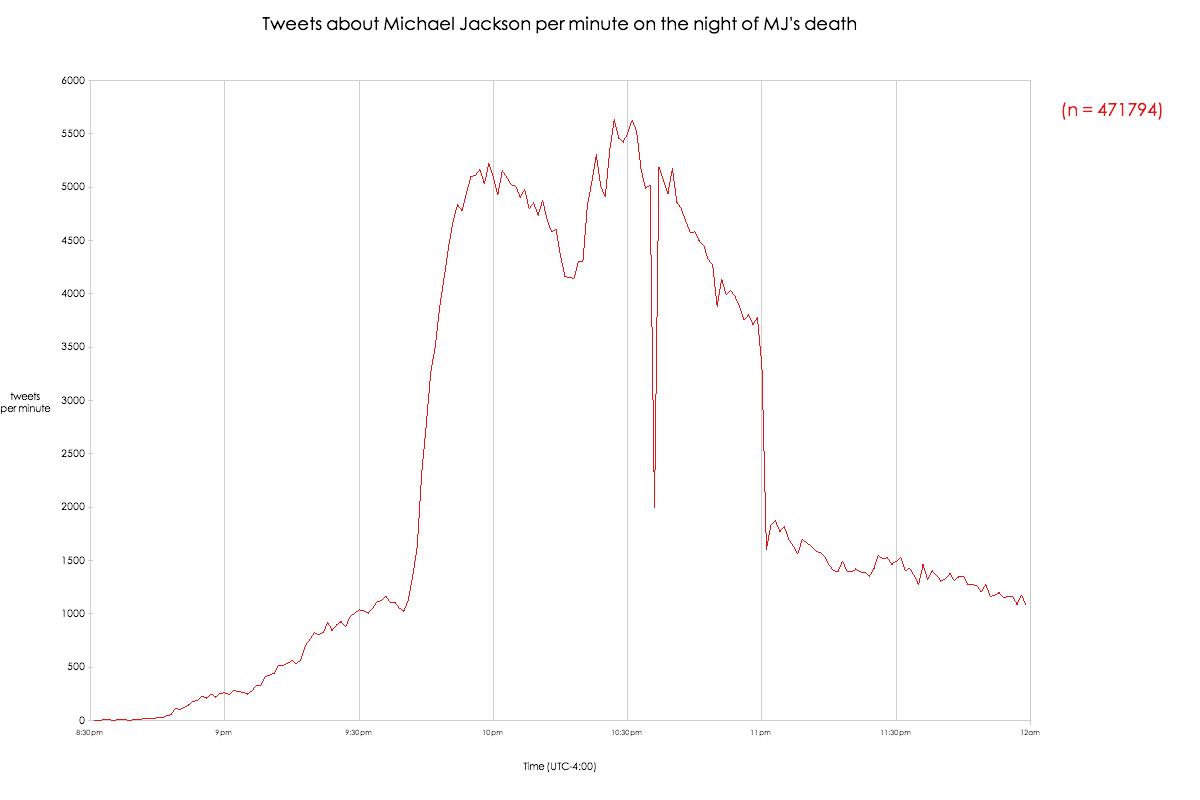
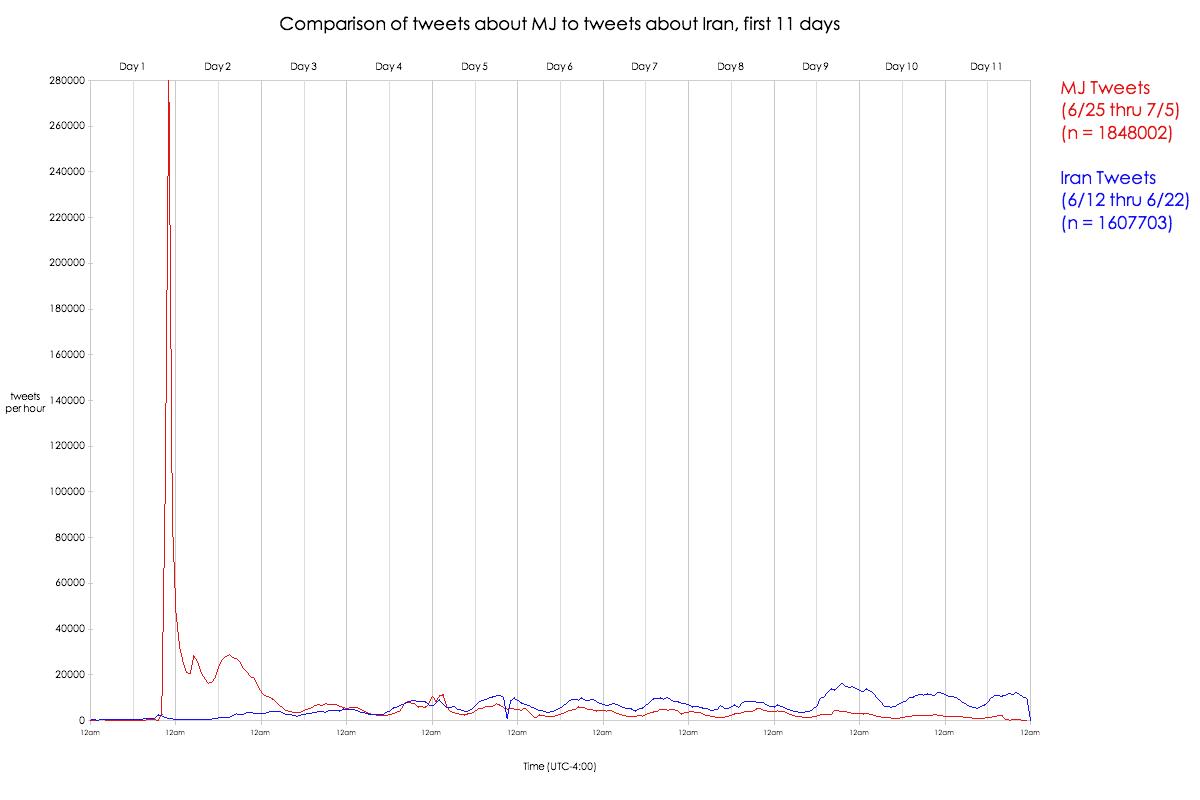
![Reblog this post [with Zemanta]](http://img.zemanta.com/reblog_e.png?x-id=9074b37f-9b36-4617-9945-60ace90a179b)
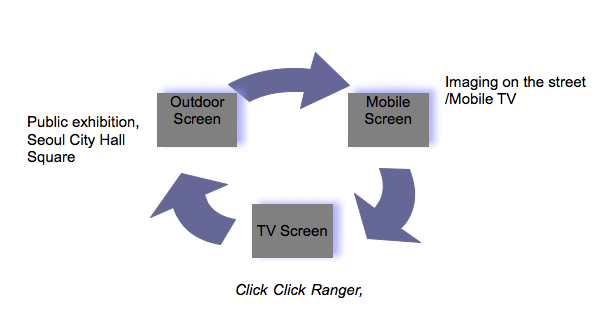
![Reblog this post [with Zemanta]](http://img.zemanta.com/reblog_e.png?x-id=39752049-a5c5-4d68-a4e0-619c76c55cc9)